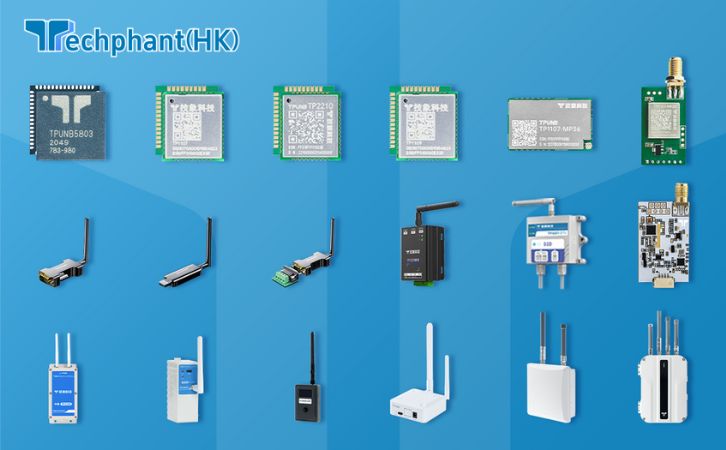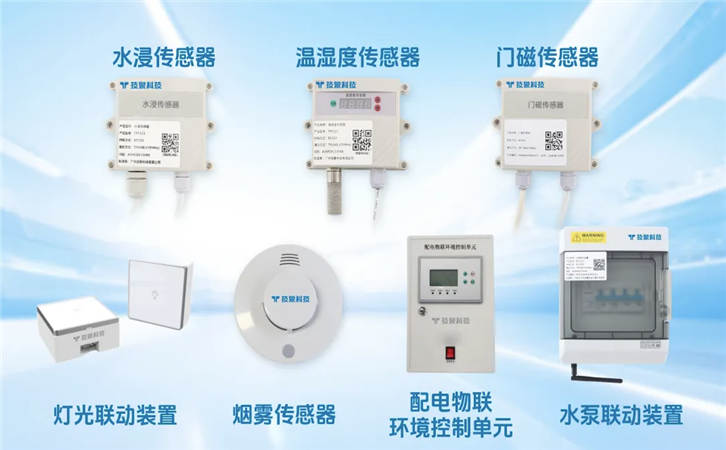The Internet of Things (IoT) has transformed industries by enabling devices to communicate seamlessly, from smart homes to industrial automation. The backbone of this connectivity lies in the diverse protocols and technologies that facilitate data exchange between devices, networks, and the cloud. Choosing the right connectivity option is critical to ensure efficiency, scalability, and security in IoT deployments. This article explores four key IoT connectivity options, delving into their technical underpinnings, use cases, and challenges.
I. Short-Range Wireless Technologies: Wi-Fi and Bluetooth
Short-range wireless technologies like Wi-Fi and Bluetooth are foundational to many IoT applications, particularly in consumer and home automation contexts. Wi-Fi, based on the IEEE 802.11 standards, offers high-speed data transfer rates (up to several Gbps with Wi-Fi 6) and is ideal for bandwidth-intensive applications like video streaming from smart security cameras. Its range, typically 20–50 meters indoors, makes it suitable for smart homes, offices, and retail environments. However, Wi-Fi’s high power consumption can be a limitation for battery-powered IoT devices, necessitating frequent recharging or wired power sources.
Bluetooth, particularly Bluetooth Low Energy (BLE), is optimized for low-power, short-range communication (up to 100 meters with BLE 5.0). BLE is widely used in wearables, smart locks, and health monitoring devices due to its energy efficiency and ability to support intermittent data transfers. The protocol operates in the 2.4 GHz band, using a star topology where devices connect to a central hub. However, Bluetooth’s lower bandwidth (up to 2 Mbps) limits its use for high-data-rate applications. Both Wi-Fi and Bluetooth face challenges in crowded environments due to interference in the 2.4 GHz spectrum, prompting advancements like Wi-Fi 6E, which leverages the 6 GHz band for reduced congestion.
II. Low-Power Wide-Area Networks: LoRaWAN and NB-IoT
For IoT applications requiring long-range communication with minimal power consumption, Low-Power Wide-Area Networks (LPWANs) like LoRaWAN and Narrowband IoT (NB-IoT) are game-changers. LoRaWAN, based on chirp spread spectrum modulation, operates in unlicensed sub-GHz bands (e.g., 868 MHz in Europe, 915 MHz in North America). It supports ranges up to 15 km in rural areas and data rates from 0.3 to 50 kbps, making it ideal for applications like smart agriculture, environmental monitoring, and asset tracking. LoRaWAN’s star-of-stars topology connects end devices to gateways, which relay data to a network server. Its low power consumption enables devices to operate for years on a single battery, but its low data rate limits its use for real-time, high-bandwidth applications.
NB-IoT, a cellular-based LPWAN standardized by 3GPP, operates in licensed spectrum, ensuring reliable connectivity in urban environments. With data rates up to 250 kbps and a range of 10–15 km, NB-IoT is suited for smart metering, smart cities, and industrial monitoring. It leverages existing LTE infrastructure, reducing deployment costs for telecom operators. However, NB-IoT devices typically consume more power than LoRaWAN, and the licensed spectrum increases operational costs. Both technologies prioritize energy efficiency, but their trade-offs in bandwidth, cost, and infrastructure requirements dictate their suitability for specific use cases.
III. Cellular IoT: 4G, 5G, and Beyond
Cellular networks, particularly 4G LTE and 5G, are pivotal for IoT applications requiring high reliability, low latency, and wide coverage. 4G LTE, with its robust infrastructure, supports data rates up to 150 Mbps and is widely used in connected vehicles, smart grids, and industrial IoT. LTE Cat-M1 and Cat-NB (NB-IoT) are optimized for IoT, offering lower power consumption and better penetration in buildings compared to standard LTE. However, 4G’s power demands and higher costs can be prohibitive for small, battery-operated devices.
5G takes IoT connectivity to the next level with ultra-low latency (as low as 1 ms), massive device connectivity (up to 1 million devices per km²), and data rates exceeding 10 Gbps. Its enhanced Mobile Broadband (eMBB), Ultra-Reliable Low-Latency Communications (URLLC), and Massive Machine-Type Communications (mMTC) modes cater to diverse IoT needs, from autonomous vehicles to smart factories. For instance, URLLC enables real-time control in industrial automation, while mMTC supports dense sensor networks in smart cities. Challenges include the high cost of 5G infrastructure and limited global coverage as of 2025, particularly in rural areas. The transition to 6G, expected by 2030, promises even greater efficiency with AI-driven network optimization, further expanding IoT possibilities.
IV. Messaging Protocols: MQTT and CoAP
Beyond physical connectivity, IoT systems rely on messaging protocols like MQTT (Message Queuing Telemetry Transport) and CoAP (Constrained Application Protocol) to manage data exchange efficiently. MQTT, a lightweight publish-subscribe protocol, operates over TCP/IP and is designed for low-bandwidth, high-latency networks. It uses a broker-based architecture where devices publish data to topics, and subscribers receive updates. MQTT’s low overhead and support for Quality of Service (QoS) levels make it ideal for smart homes, industrial monitoring, and remote sensor networks. For example, a smart thermostat can publish temperature data to a broker, which relays it to a cloud server for analysis. However, MQTT’s reliance on TCP can introduce latency in unstable networks.
CoAP, designed for constrained devices and networks, operates over UDP, making it more suitable for resource-limited IoT environments like smart agriculture or wearables. CoAP uses a RESTful architecture, similar to HTTP, allowing devices to send GET, POST, PUT, or DELETE requests. Its support for multicast communication enables efficient data distribution to multiple devices. While CoAP is more lightweight than MQTT, it lacks the robust QoS features of MQTT, which can affect reliability in critical applications. Both protocols support security features like TLS/DTLS, but their implementation must balance security with resource constraints in IoT devices.
Conclusion
The landscape of IoT connectivity is diverse, with each option—short-range wireless, LPWAN, cellular, and messaging protocols—offering unique strengths and trade-offs. Wi-Fi and Bluetooth excel in high-bandwidth, short-range scenarios but struggle with power efficiency. LoRaWAN and NB-IoT enable long-range, low-power communication, ideal for remote and battery-operated devices, though they sacrifice data rates. Cellular technologies like 5G provide unparalleled speed and reliability but at higher costs and infrastructure demands. Messaging protocols like MQTT and CoAP ensure efficient data exchange, catering to different network constraints. Selecting the right connectivity option depends on the application’s requirements for range, power, bandwidth, and cost. As IoT continues to evolve, emerging technologies like 6G and AI-driven network optimization will further enhance connectivity, driving innovation across industries.


